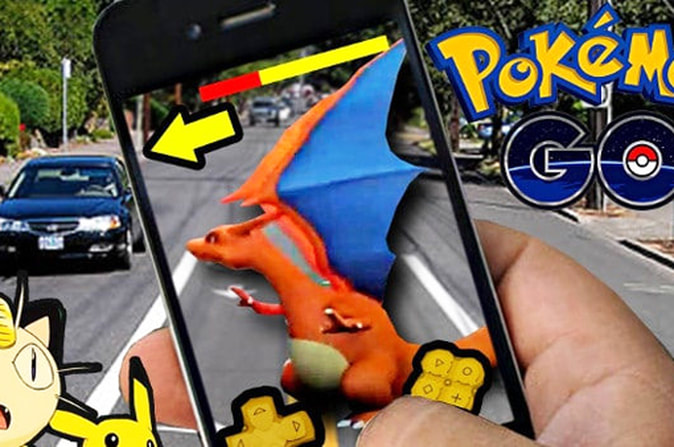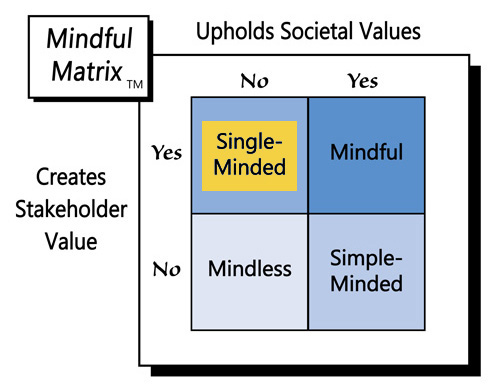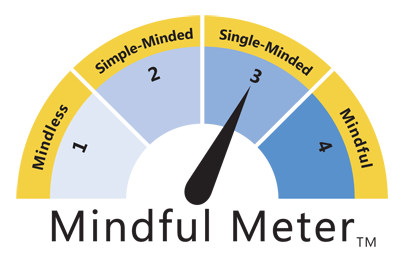If you’re not familiar with Pokémon Go, here’s how it works. After downloading the app onto their smartphones, users try to catch little monsters called Pokémon, which appear to be in the players’ real world environments. This combination of the virtual world with the physical world occurs courtesy of smartphones’ forward-facing camera and some special technology called augmented reality, which “allows for graphical elements to be displayed over a real-world environment.” So, as users’ look through their phones’ screens at the area around them, they periodically see superimposed in those places Pokémon that they try to capture.
Some may think that augmented reality is the same as virtual reality, but the two technologies are quite different. In virtual reality, participants are essentially transported from their physical realities into self-contained virtual environments, where what they seem to be doing (e.g., flying), isn’t actually happening. In augmented reality, however, the physical and virtual worlds are combined such that if people trip and fall while running after a Pokémon, they actually hit the ground and potentially get hurt.
Of course, we risk injury in many things we do, including some of the games we play, so why worry about Pokémon Go? First, as the previous paragraph suggested, augmented reality is very unique in attempting to strike a balance between the real and virtual worlds. That mixture can prove difficult for people to manage, particularly when they get caught up in the moment, trying feverishly to both navigate their physical environments and capture virtual monsters. Although Pokémon Go is still very new (version 1.0 hit Apple’s App Store only on July 5, 2016), there already have been several serious automobile accidents, for instance:
- A Maryland driver distracted by Pokémon Go hit a parked Baltimore police car.
- A driver in Auburn, AL ran into a tree.
- A man caused a multi-car accident on a Massachusetts highway when he stopped his car in the middle of it to try to catch Pikachu.
There also have been a variety of mishaps involving Pokémon-playing-pedestrians, inadvertently walking into other people and into things. More seriously, some players have gotten in the way of first responders, a Pennsylvania girl playing the game was hit by a car as she crossed the street, and two California men had to be rescued when they fell off a 90-foot ocean bluff while trying to collect the virtual characters.
In addition, Pokémon Go has resulted in a rash of trespassing as the little monsters have lured some players onto private property or into other restricted areas such as a nuclear plant and the Holocaust Museum and Arlington National Cemetery in Washington, D.C.
Unfortunately, there’s already been at least one death related to the game: A teen in Guatemala was recently ambushed and shot while he and his cousin were searching for Pokémon on a street in Chiquimula. This tragedy points to another real danger for Pokémon Go players—the risk of being targeted by others who know where vulnerable players are and what they’re doing.
Children are especially susceptible to such planned deception and abuse. Using one of the game’s “Pokestops,” a group of players in Missouri was lured to a specific location by armed robbers. As Boston nanny and Pokémon Go player Robin Jacks suggests, there’s a real risk of children developing a false sense of camaraderie and trust with strangers who are playing the game in the same location that they are.
The second, related reason to be concerned about Pokémon Go is the number of people playing it. In the U.S., just a few weeks after the app first became available, nearly 21 million people were daily active users, making it the biggest U.S. mobile game ever and the most downloaded free app in the Apple app store. Those user numbers continue to soar domestically, while abroad the game has become an “international phenomenon.”
What does all this mean? Well, unfortunately we live in a world where threats of terror and other violence seem to be increasing. Such perils should cause us to be more attuned than ever to our environments; however, many people are already dangerously distracted by their digital devices. Adding a game like Pokémon Go to the mix may make matters even worse, as people who are barely managing regular reality struggle to navigate an augmented one, thereby putting themselves and others at risk.
Japan, the birthplace of Pokémon, was not one of the first countries to allow Pokémon Go because the government had serious safety concerns. So, just ahead of the apps’ recent release in Japan, the country issued a nine-point safety bulletin that included warnings related to privacy and dangerous distractions.
Given the apps’ record-breaking success, it’s hard to deny that Pokémon Go is creating stakeholder value for its owners (Nintendo/Niantic Labs) and for the millions of people who are having fun playing it. However, the dangers to society of such a widespread augmented reality game are also very real. Unfortunately, therefore, Pokémon Go must be considered a case of “Single-Minded Marketing.”
Learn more about the Mindful Matrix and Mindful Meter.
Check out Mindful Marketing Ads and Vote your Mind!




 RSS Feed
RSS Feed